SUMMER HIKING EQUIPMENT
1. Backpack
2. Hiking boots
3. Sports socks
4. Hiking pants
5. Shorts
6. Short sleeve t-shirt
7. Hat for sun protection
8. Upper isothermal with long sleeves
9. Windproof
10. Waterproof jacket
11. Food
12. Liquids – Water
13. Toilet paper
14. Hiking poles
15. Mobile phone or wireless
16. Watch
17. Lightweight fleece jacket
18. Cap
19. Gloves
20. Cord (2-3 meters)
21. 3 seasons tent
22. Sleeping bag
23. Karimat
24. Cooking set
WINTER HIKING EQUIPMENT
1. Backpack
2. Leather boots or plastic doubles
3. Winter socks
4. Woolen pants or synthetic
5. Isothermal (up and down)
6. Windproof, waterproof jacket
7. Windproof, waterproof pants
8. Fleece jacket (heavy)
9. Woolen or synthetic gloves
10. Waterproof gloves
11. Gaiters
12. Hat or balaclava
13. Extra sunglasses
14. Hiking poles
15. Axe
16. Crampons
17. Snow rackets – shovel (optional)
18. Ski mask
19. Warm glass
20. Food
21. Liquids – water
22. Toilet paper
23. Watch
24. Mobile phone or wireless
25. Cord – straps
26. 4 seasons tent
27. Feather sleeping bag
28. Winter karimat
29. Propane – butane bottle for the stove
30. Cooking set
NECESSARY OBJECTS
1. Map – compass (orientation)
2. Hermit crab – water
3. Sunglasses – sunscreen (sun protection)
4. Extra clothing
5. Food – snack
6. Individiual pharmacy
7. Portable gas cooker
8. Matches
9. Knife
10. Flashlight
HIKING DANGERS
1. Avalanches
2. Soft snow
3. Weather conditions
4. Altitude
5. Fragile terrain
6. Diseases
7. Injuries
INDIVIDUAL PHARMACY
1. Scissors
2. Large and small bandage
3. Gauze, patches
4. Betadine cream
5. Painkillers
6. Antihistamine ointment
7. Electrolytes
8. Aluminum blanket
BEHAVIOR
1. Behave with realism and consciousness. We choose goals that are compatible with our capabilities. Every time a rescue is attempted, human life precedes and then the environment.
2. Make the necessary planning. Before each trip, think about the weather conditions and organize accordingly.
3. Impose restrictions on the group size, the food, their packaging and the garbage that will result.
4. Do not go beyond the boundaries of the path. Bypasses destroy vegetation.
5. Avoid camping in sensitive areas (alpine meadows, riparian zones) or shorten our stay there. Be aware of any restrictions and respect them. Prefer spaces that have been used before.
6. Use a stove and avoid fires.
7. Do not leave rubbish. On the trail pick up some of what escaped from other hikers.
8. Do not destroy the vegetation, respect the historical monuments and the local populations.
9. Respect wild animals. Do not feed them. Excessive noise and pets can cause great disturbance in the wild.
10. Respect those around us and do not disturb. Offer our help where needed.
